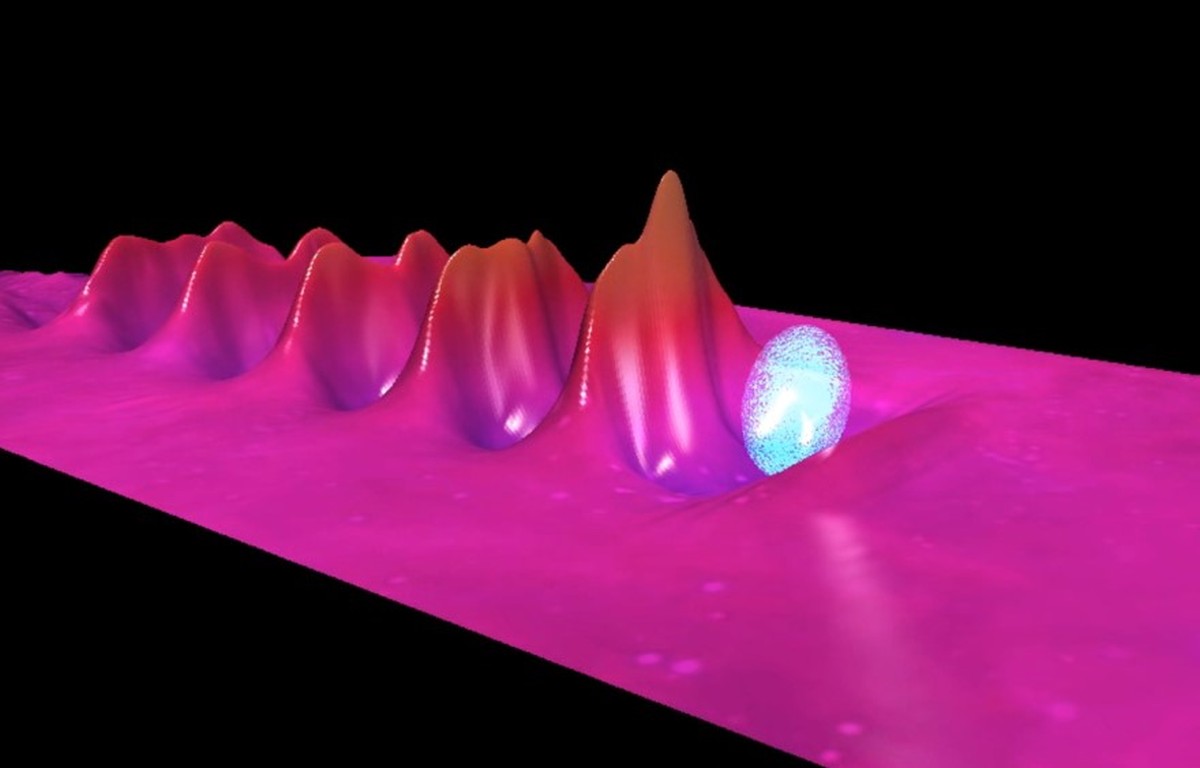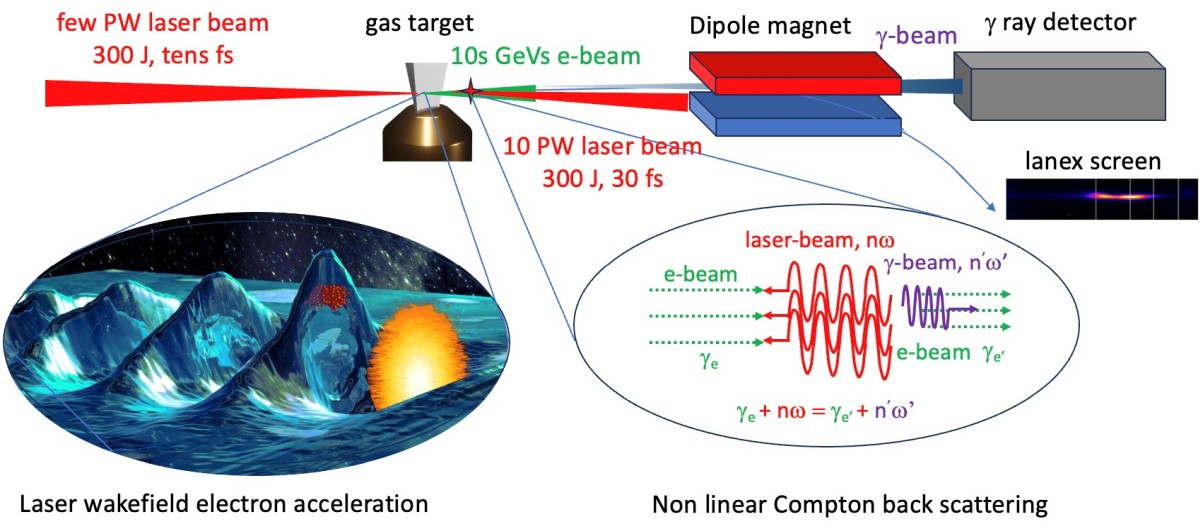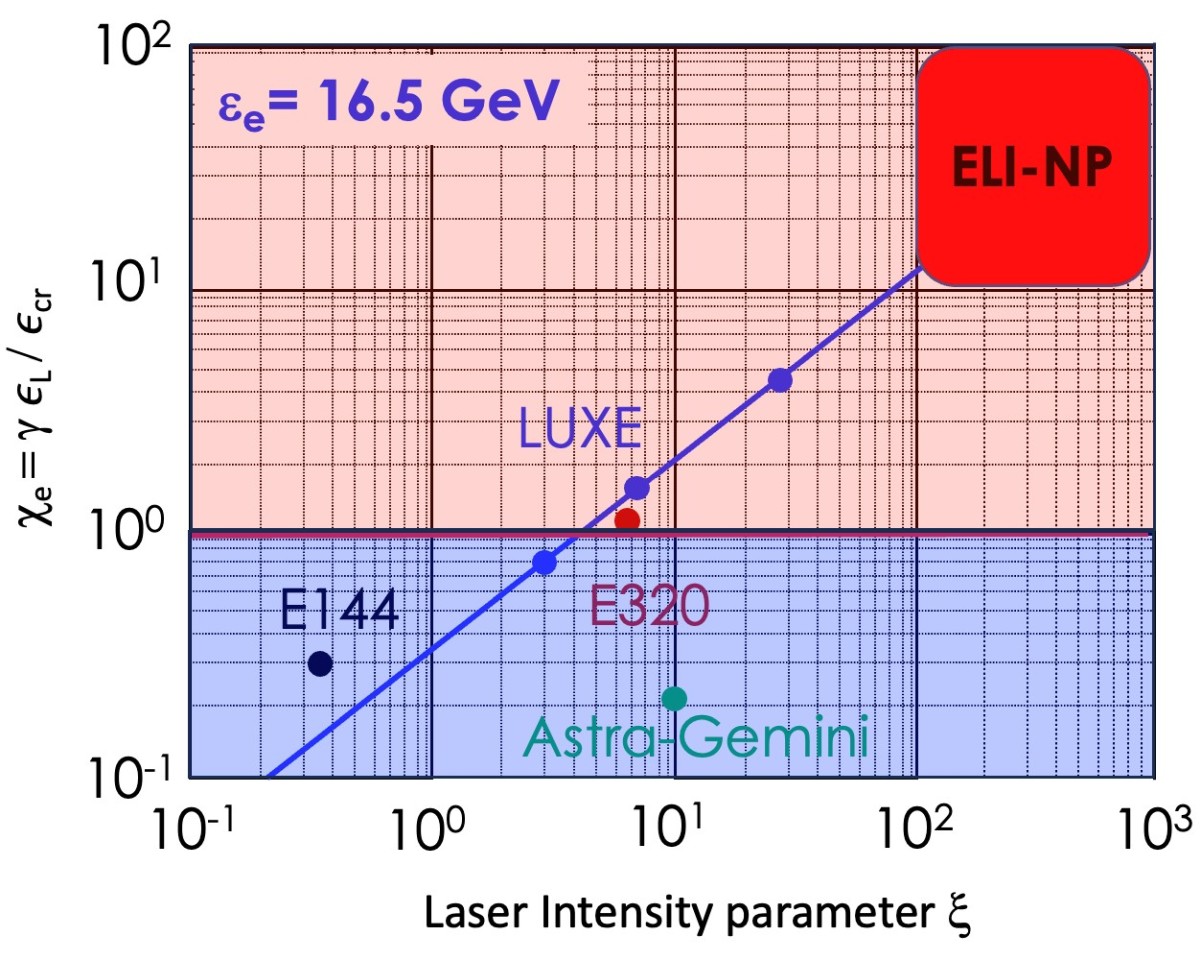Laser Wakefield Accelerator
Plasma-based wakefield acceleration represents a groundbreaking approach to particle acceleration,
leveraging accelerating fields that are over three orders of magnitude stronger than those achieved
with conventional radio-frequency accelerators.
The acceleration is performed through plasma waves, which are
driven by particle or laser beams traveling at nearly the speed of light. The delivered electron beams,
characterized by energies reaching tens of GeV, charges in the range of nanocoulombs, and ultrashort
femtosecond durations, are opening up transformative possibilities in scientific and technological domains.
Such beams hold immense potential for advancing strong-field physics, enabling compact free-electron laser (FEL)
radiation sources, and designing next-generation electron-positron colliders for high-energy physics research.
The rapid progress in this field is reshaping the scientific landscape, with near-term societal impacts anticipated
in areas such as medicine, where novel imaging and treatment methods may emerge, and security, through advanced
detection technologies with also secondary sources such as X ray, Gamma ray, neutron, positron, and muon beams.
The advent of laser-plasma acceleration has fostered the growth of a vibrant and interdisciplinary scientific community.
This approach not only facilitates the exploration of fundamental physics but also drives innovation across various
applied fields, ensuring its role as a cornerstone of future research and technological development.
Our PW and 10PW laser beams make ELI-NP an ideal place for exploring new ideas and contributing to
the exciting topic of modern science with an ultimate goal of reaching world record acceleration.



